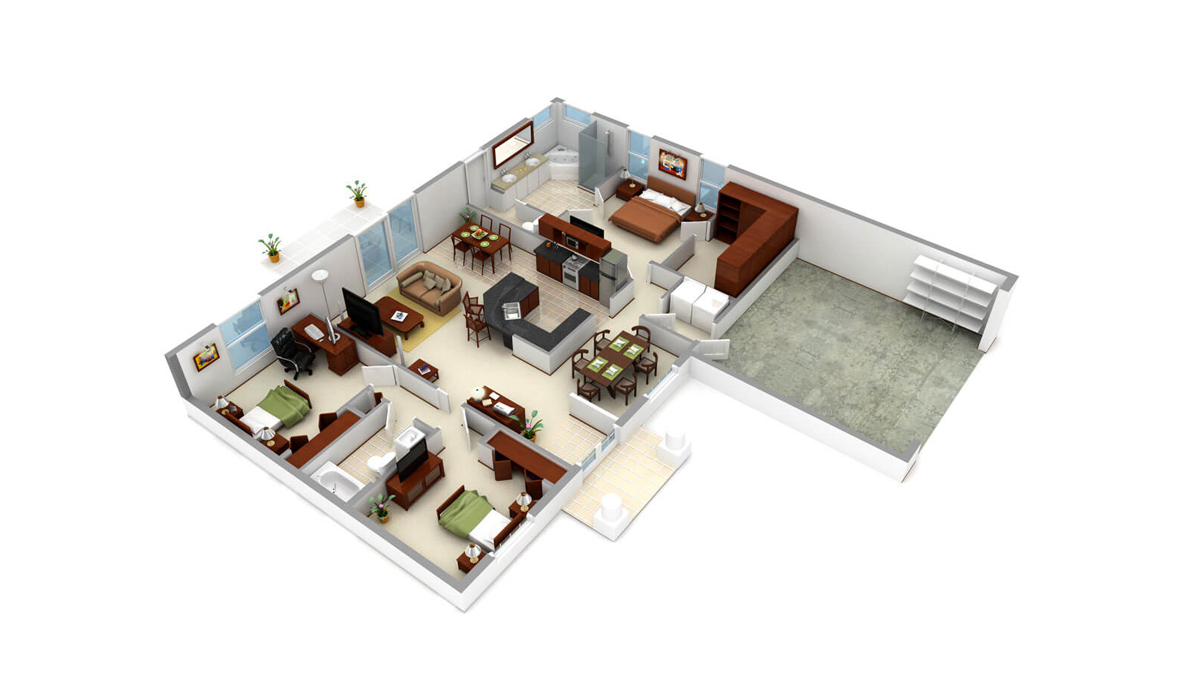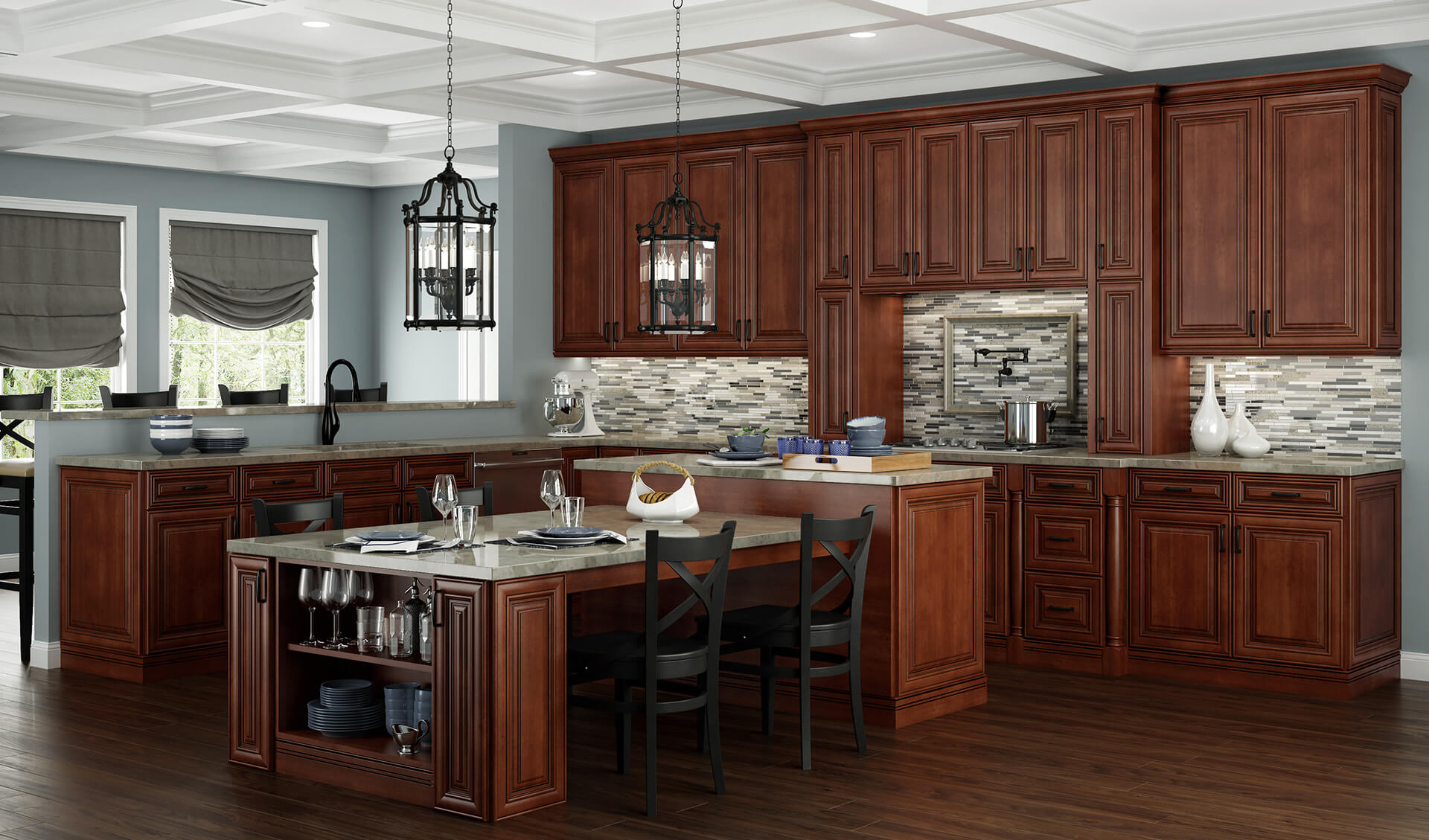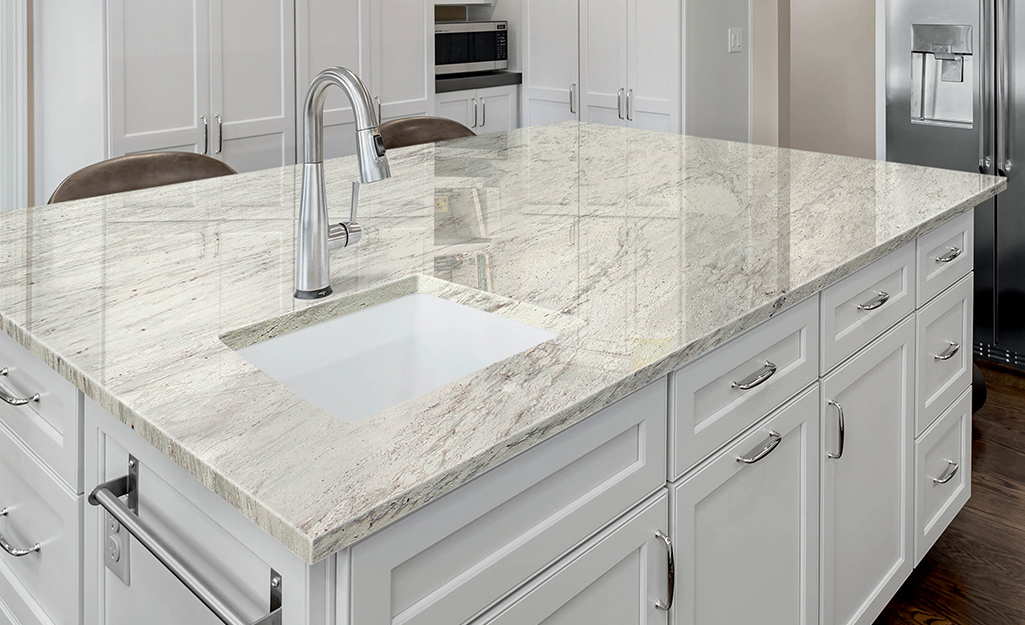
A vaulted ceiling on your property will increase its value by $10,000. The downside is that this style of ceiling will waste heat and add more energy costs to your home. A sloped ceiling will make it difficult to sell your home. The good news is that the cost of a vaulted extension is relatively inexpensive, so it's definitely worth the money spent.
You'll have to hire a construction contractor to complete your project, but this price range will give you an idea of what you can expect. Before he begins work, it is important to ask for a fixed price from your contractor. The price of your project will depend on where you live. If you are considering adding a vaulted roof to your home, it will create a feeling of luxury that will make your home feel like a palace.

To install a vaulted roof in your home, make sure to check the roofspace. A vaulted ceiling is a great feature to have in a house, and this will add warmth to your property during the winter season. The house will be more appealing if there are more skylights. The additional space will ultimately increase your enjoyment of your home.
Costs for a vaulted ceiling extension depend on the extent of renovations required. The cost of the project will vary depending on the style of your house. It can take anywhere from 18,000 to $25,000, and may take as long as a month. This is not an easy task, but it can improve the appearance of your home by adding more space and improving the air quality. There are a few things you should remember before you hire a company for the job.
A vaulted ceiling extension could cost up to $25,000 depending on the design of your home. It takes approximately a year to install. Vaulted ceilings are great for opening up the floor plan and making even the most basic home more appealing. This style of extension can also add additional square footage. A vaulted ceiling can add up to three square meters to the home's total area.

A vaulted ceiling extension is similar to a standard roof. The main difference lies in the project's complexity and height. Standard ceilings are six to eight feet tall. It is difficult to change bulbs in vaulted ceilings. Without a ladder, it will be impossible to reach the top of your lights. To replace the damaged bulbs, you can instead use special poles.
FAQ
How can I avoid being taken advantage of when I renovate my house?
Knowing what you're paying for is the best way to avoid being scammed. Make sure you read every word of the contract before signing it. Blank contracts should not be signed. Always ask for copies of signed contracts.
What room do I need to remodel first?
The heart of any home is the kitchen. It is where you spend your most time cooking, entertaining, eating, and relaxing. Start looking for ways that you can make your kitchen functional and more attractive.
A bathroom is an essential part of every home. It provides comfort and privacy while you take care of everyday tasks, such as bathing, brushing teeth, shaving, and getting ready for bed. These rooms can be made more functional and attractive by installing storage space, a shower, or replacing older fixtures with newer models.
How should house renovations be ordered?
It is important to determine where you want to place everything when renovating your house. If you're planning on selling your home soon, it is important to consider how you wish to present your home for potential buyers. Next, you should start thinking about the design of your kitchen, bathroom, living room, etc. After you have selected the rooms you wish to renovate you can begin searching for contractors who specialize. You can then begin your renovations once you have hired an expert contractor.
You can live in a house while it is being renovated.
Yes, I am able to live in a house and renovate it.
Can you live in a house and have renovations ongoing? The time taken to complete the work will impact the answer. If the renovation takes less time than two months, then no, you can still live in your home during construction. You cannot live in your house while the renovation process is ongoing if it lasts more than two years.
It is important that you do not live in your home during major construction. Noise pollution and dust from heavy machinery on the job site could also be a problem.
This is particularly true if you live on a multi-story home. If this happens, the sound and vibration caused by the construction workers can cause significant damage to your home and contents.
As mentioned earlier, you will also have to deal with the inconvenience of living in a temporary shelter while your home is being renovated. This means that you won't have access to all the amenities that come with your own home.
For example, you will not be able to use your washing machine and dryer while they are undergoing repair. You will also have to put up with the smell of paint fumes and other chemicals as well as the loud banging sounds made by the workers.
All of these factors can create stress and anxiety for you and your loved ones. Therefore, it is important to plan ahead in order not to feel overwhelmed by the situation.
When you decide to start renovating your home, it is best to do some research first so that you can avoid making costly mistakes along the way.
Also, it is a good idea to get professional help from a reputable contractor in order for everything to go smoothly.
Statistics
- Design-builders may ask for a down payment of up to 25% or 33% of the job cost, says the NARI. (kiplinger.com)
- On jumbo loans of more than $636,150, you'll be able to borrow up to 80% of the home's completed value. (kiplinger.com)
- Rather, allot 10% to 15% for a contingency fund to pay for unexpected construction issues. (kiplinger.com)
- ‘The potential added value of a loft conversion, which could create an extra bedroom and ensuite, could be as much as 20 per cent and 15 per cent for a garage conversion.' (realhomes.com)
- A final payment of, say, 5% to 10% will be due when the space is livable and usable (your contract probably will say "substantial completion"). (kiplinger.com)
External Links
How To
How to renovate an older house
It is important to first decide the type of renovation you wish to do. This could mean anything from replacing your kitchen appliance to completely redesigning the house.
After you've determined the type of renovation you want, you should consider how much money you can spend. Sometimes, you might not have enough money to pay the full project cost. This could mean that you have to make tough decisions about which parts of your house you can afford and which you cannot.
There are many things to remember before you begin work if you have decided to do renovations. You must ensure you have all the permits needed for the job. Also, check to see if you need planning permission in order to do certain types work. To add extensions to your home or make other changes, you might need building consent.
Before you begin to renovate your house, make sure to check with the local authority to confirm that they do not require additional permits. Make sure you check whether each section of the house needs to be given planning permission. To make sure you have enough coverage, contact your insurance provider if you intend to perform any major works, such as installing new roofs.
After obtaining all permits, the next step is to select the right tools and materials. There are many different options available, so it's important to take your time to research them thoroughly. The most popular items used in renovation projects are paint, wallpaper paste and flooring.
You should consider the product's overall quality when shopping for these items. Good quality products will last longer and be more cost-effective. When you are buying any item, ensure that you only purchase what is necessary for the job. You shouldn't just buy too much because you might end up wasting valuable resources and having to throw away large amounts of material. Instead, purchase only what you need.
Once you've decided on the materials you want to use, you must plan where you'll keep them while you are working on the property. If you're remodeling a large portion of the house, you may need to rent storage space to store your materials until you're ready for them to be returned inside. You could also ask your family or friends for help moving the items.